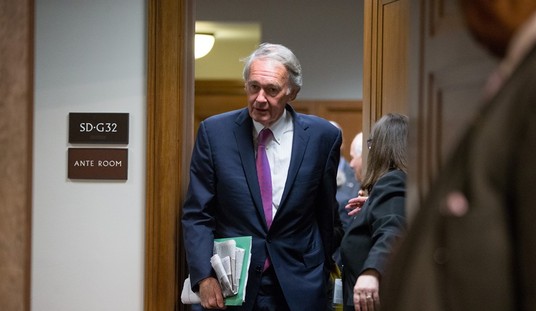In Biden’s America, trains are derailing, airplanes are nearly crashing, and banks are failing. Some of you who can track these financial details daily probably saw this coming. Terrible things can happen when you’re a financial institution leveraged heavily in the tech industry, and that sector takes a beating on Wall Street. That occurred with Silicon Valley Bank, which California officials shuttered after a run caused its collapse. The Federal Deposit Insurance Corporation is now taking control. Signature Bank, one of the top institutions for cryptocurrency, was shut down over systemic risk concerns. What’s next is on everyone’s mind, especially about whether this could be a repeat of the 2008 financial meltdown. The words 'moral hazard' have been tossed around since the failure of SVB, which will keep people on edge.
It will all depend on the analysis regarding SVB’s balance sheets, which are being combed through right now. Many have been clamoring for a bailout, which Treasury Secretary Janet Yellen shot down over the weekend. There is something of a rescue package and another can of worms being cobbled together, but we’ll discuss that later. The good news regarding a buffer for the fallout of SVB, which is currently the second-largest bank failure in US history, is that other banks aren’t as invested in tech. SVB was the go-to piggybank for startups. Silicon Valley Bank probably could have at least seen the iceberg coming if they had a risk assessment officer. They didn’t—and for unknown reasons, they didn’t have one for almost a year. Regardless, there might be more banks that collapse over SVB’s demise, but how many is unknown, it’s not like the fallout that occurred when the housing market fell through. Still, bank stocks suffered a bloody Monday on Wall Street, and more pain is expected (via Politico):
That’s the question on everyone’s minds, but there’s no reason to panic, at least not yet. For one, it’s rare for a larger bank to have customers so concentrated in one sector like high tech. And the fact that almost all of the bank’s deposits weren’t insured by the FDIC (we’ll come back to this later) made it unusually prone to a run. The current evidence suggests the bank would not have failed if the depositors hadn’t panicked.
“This is another wake-up call: you need to look at liabilities too,” not just the quality of assets like loans, said Sheila Bair, who led the FDIC during the 2008 financial crisis. “Institutional money seeking [higher] yield is not stable.”
It’s clear there were some risk-management failures by the bank, which was supervised by Federal Reserve examiners from the central bank’s San Francisco branch. Other institutions — and their bank regulators — are no doubt taking another look at their own cash management and how much they’ve exposed themselves to rising interest rates.
But even as markets grew squeamish about other regional lenders after SVB’s failure, megabanks have been largely insulated. That’s because they face stricter rules that, among other things, ensure they could sell securities at a loss and still cover heavy outflows.
Still, it’s hard to know what anxiety might bring to some corners of the banking system.
“There’s no doubt in my mind: There’s going to be more. How many more? I don’t know. How big? I don’t know,” former FDIC Chair William Isaac, who led the agency through hundreds of bank rescues during a period of soaring inflation and rocketing interest rates, said in an interview. “Seems to me to be a lot like the 1980s.”
Recommended
That last part by Mr. Isaac is why high anxiety remains over the matter, the same level of concern that triggered the run on SVB when they announced that they needed to raise mountains more capital to cover the brutal losses they accrued. For now, sit tight. We’ll know more later this week.

























Join the conversation as a VIP Member